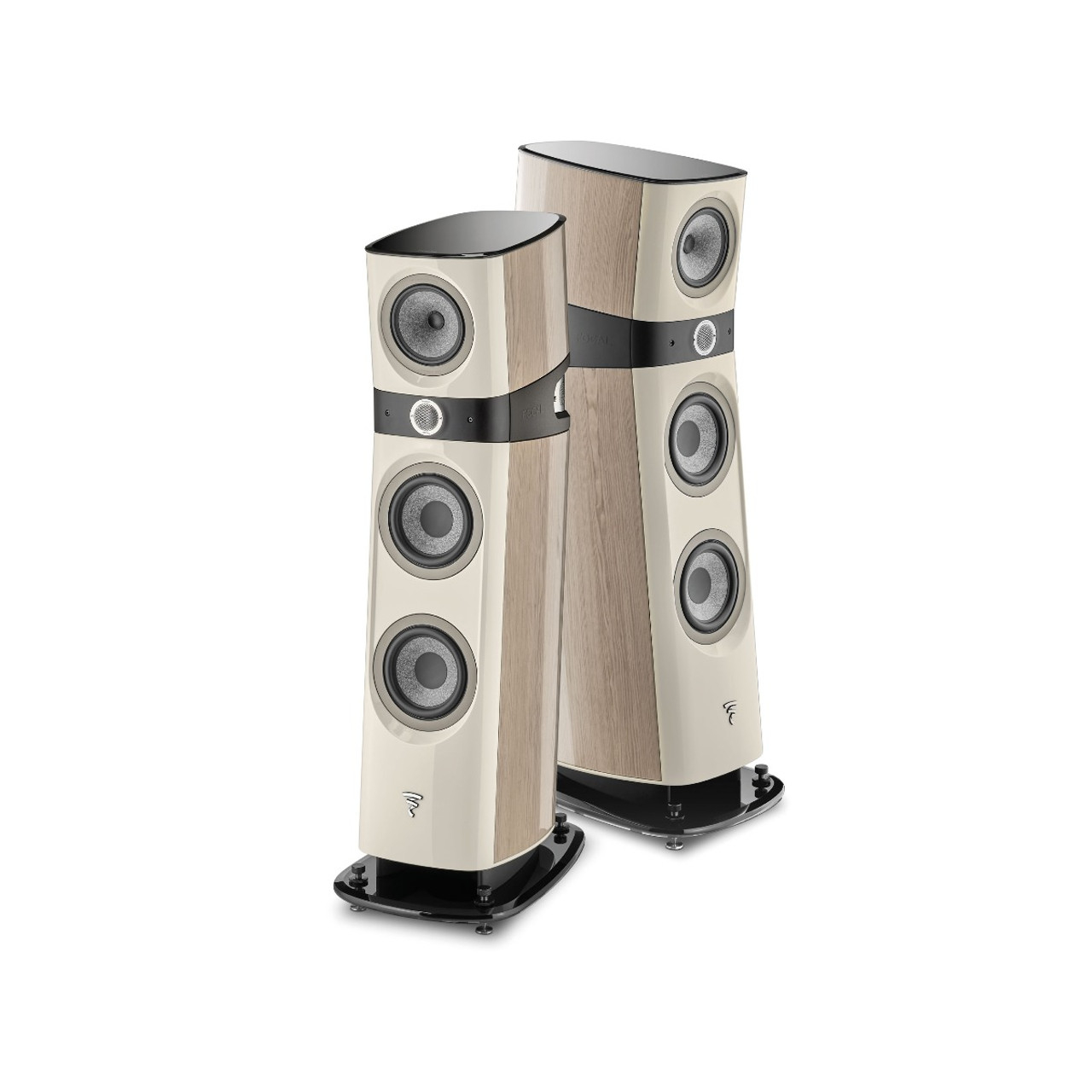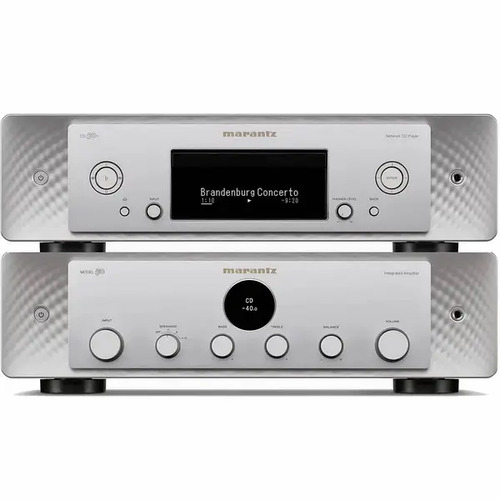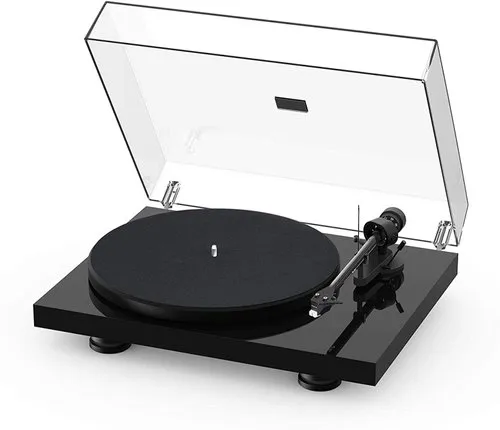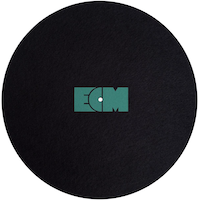Produkto aprašymas
Monitor Audio Platinum 300 3G, Trijų juostų grindinės kolonėlės, Dažnių juosta: 25 Hz – 60 kHz, Jautrumas 88 dB/W/m Varža: 4Ω | Kaina už 2 vnt. | Nemokamas pristatymas
The Platinum 300 3G, the flagship of the Platinum Series, represents the absolute pinnacle of what is achievable at its price-point in terms of both performance and design. The combination of the innovative new MPD III transducer and the RDT III mid-range and bass driver cones, allows the speaker to deliver exceptional scale and depth. With a totally immersive soundstage and believably lifelike performance, 300 3G’s presentation of music and film is astonishing. The Platinum 300 3G’s expertly crafted design and innovative acoustic system performance, ensures that it will remain relevant for a lifetime.
Key Features
- 1 x MPD III high-frequency transducer for a larger, clearer, and more lifelike sound
- 1 x 4” RDT III mid-range driver for incredible levels of clarity
- 2 x 8” RDT III bass drivers for exceptional scale and depth
- Our flagship three-way loudspeaker delivers best-in-class sound
- Totally immersive sound stage with music and film
- Rear-ported and tuned for ease of positioning without affecting sound performance
- Perfect for high performance hi-fi systems or home theatre
- Cabinets are embellished with etched inlays to highlight the craftsmanship
- Choice of three high-quality, elegant finishes: Piano Black, Piano Ebony and Pure Satin White
SPECIFIKACIJA
| Frequency Response, Free-Field (-6dB) | 25 Hz – 60 kHz |
| Frequency Response, In-Room (-6dB) | 17 Hz – 60 kHz |
| Sensitivity (2.83 Vrms @ 1m, Free-Field) | 88 dB |
| Nominal Impedance | 4 Ohms |
| Minimum Impedance (20 Hz to 20 kHz) | 4.0 Ohms @ 3.75 kHz |
| Continuous Power Handling (RMS into 4 Ohms, Pink Noise with 6dB Crest Factor) | 400 W |
| Recommended Amplifier Power (RMS into 4 Ohm, Music Signal) | 200 – 800 W |
| Bass Alignment | Ported |
| Port Tuning Frequencyy | 32 Hz |
| Crossover Frequency | LF/MF: 650 Hz MF/HF: 3 kHz |
| Drive Unit Complement | 2 x 8" RDT III bass driver, 1 x 4" RDT III mid-range driver, 1 x MPD III tweeter |
| External Dimensions including Trims, Terminals & Outrigger Feet & Spikes (H x W x D) | 1131.1 x 429.8 x 525 mm (44.5 x 16.9 x 20.6") |
| External Dimensions including Trims, Terminals & Outrigger Feet without spikes (H x W x D) | 1114.5 x 429.8 x 524.4 mm (44.5 x 16.9 x 20.6") |
| Weight (each) | 53.6 kg (118 lb 2 oz) |
Engineers in the driving seat
At least some of that enthusiasm might stem from the fact – or, rather, the strong suggestion – that the engineers and creative types at Monitor Audio currently occupy the driving seat. Earlier this year, the High End Show in Munich saw the covers whipped off the deeply radical Concept 50 model (apparently destined for production and lately known as ‘Hyphn’) – and Platinum 3G features at least some of the technologies developed for that dramatic-looking loudspeaker. As far as ‘compromise’ goes, the Platinum 3G range betrays very little.
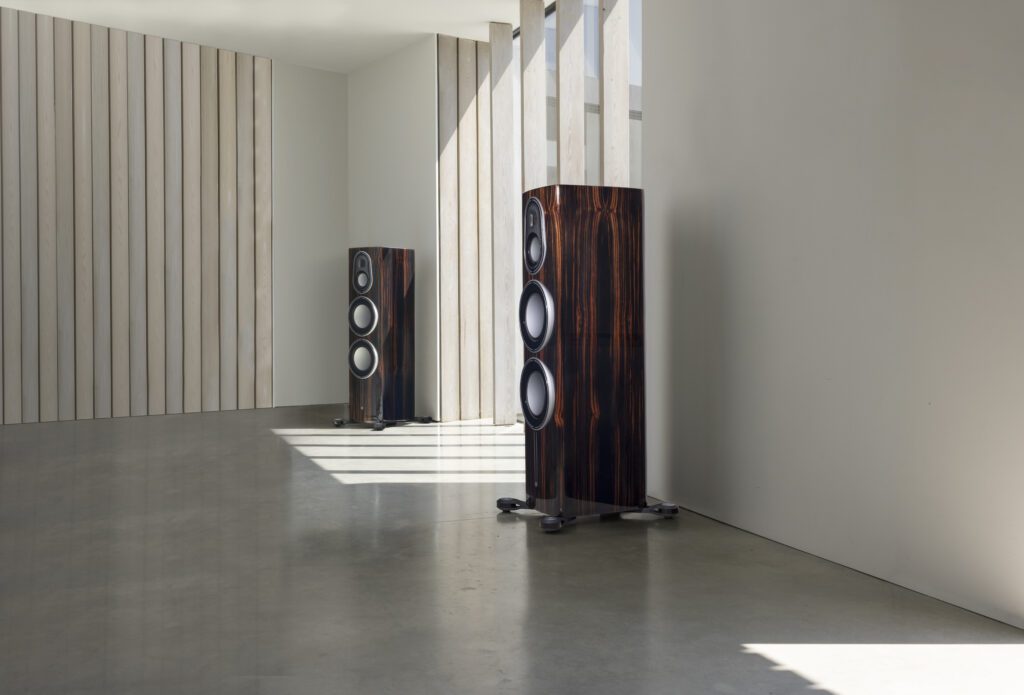
The Platinum 3G range itself is an admirably succinct four models strong: there’s the Platinum 100 3G stand-mount, the ‘mid-sized’ Platinum 200 3G floorstander, the Platinum C250 3G centre-channel, and the flagship Platinum 300 3G floorstander we’re testing here. ‘Mid‑sized’, it’s worth pointing out, is both Monitor Audio’s description and a very relative term – the Platinum 200 3G is a considerable 1042 × 369 × 455mm (H×W×D). Only when it’s positioned alongside the Platinum 300 3G does it seem anything less than ‘full-sized’.
The Platinum 300 3G itself is a prodigious 1131 × 430 × 524mm (HxWxD) and weighs in at a similarly startling 53.6kg – that’s a figure that would seem significant if it covered a pair of speakers, let alone the single 300 3G to which it applies. Monitor Audio may well have decided to throw caution to the wind when specifying the flagship model in its flagship range – but the result, in physical terms at least, is a loudspeaker that will dominate all but the most spacious listening rooms and is a two-person lift, minimum.
Spinal well-being
And the two of you had best take lots of care when unpacking and positioning the Platinum 300 3G – not only because of the threat they pose to your spinal well-being, but also the threat any carelessness on your part poses to the extraordinarily indulgent level of finish that has been applied. The front and top planes feature some etched inlays, and then 16 layers of lacquer cover the layered, curved and braced MDF cabinet. At 36mm thick for the front baffle and 21mm thick everywhere else, it’s a significant piece of cabinetmaking and constitutes an arresting piece of furniture. Matte white or piano black finishes are available as alternatives to the piano ebony of our review sample – though it seems unlikely something as prosaic as ‘colour’ can mitigate the imposing nature of these cabinets.
Platinum 300 3G is a three-way speaker with a rear-firing bass reflex port, and stands on spiked outriggers – these can be adjusted while in situ using a hex key, rather than the speaker itself needing to be lifted or rocked.
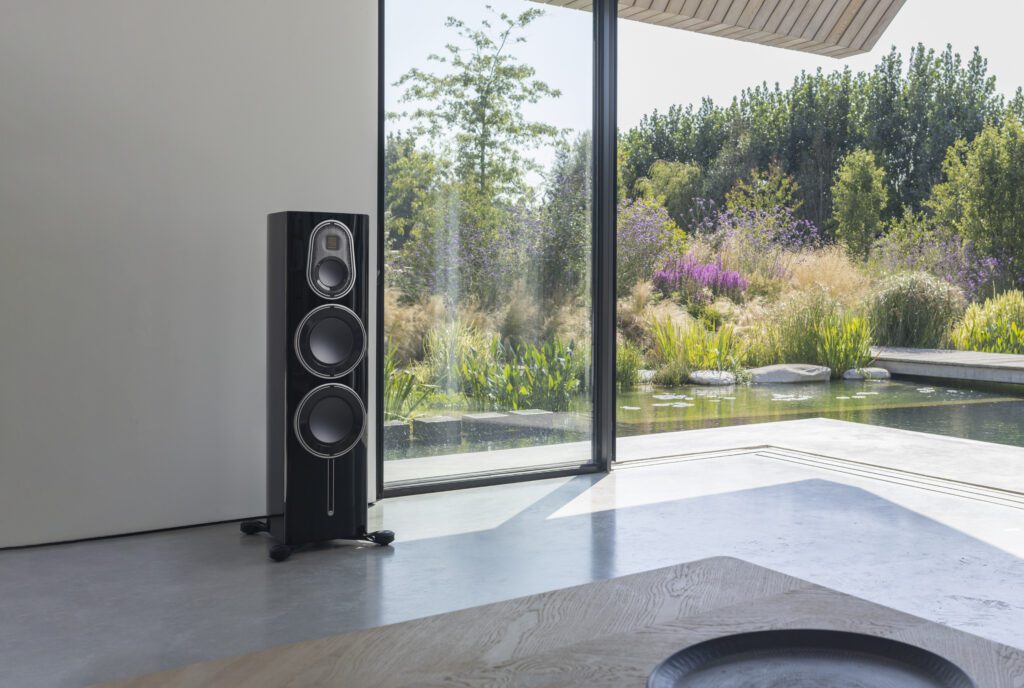
The third generation of Monitor Audio’s ‘Micro Pleated Diaphragm’ high-frequency transducer (a ‘ribbon tweeter’ to the likes of you and I) was originally developed for the Concept 50 prototype and has made its way into the Platinum 3G range virtually unaltered. The company’s acoustic engineers claim it features the lowest distortion and most even frequency response they’ve delivered so far, while the newly fettled waveguide delivers highly controlled directivity, consistent in both the horizontal and vertical planes – and, as a result, more convincing soundstaging. The fact that the open, mildly textured grille offers a little visual theatricality doesn’t do any harm, either, let’s be honest.
Lowest. Distortion. Ever!
Just beneath the MPD III and sharing the same rear-fastening drive unit mounting is a 102mm midrange driver. It’s the – guess what? – third generation of the ‘Rigid Diaphragm Technology’ continuous profile cone Monitor Audio has produced, and the company is claiming it generates the lowest distortion of any driver in its history.
RDT III is constructed of three distinct layers, and it’s specified to combine lightness and strength. A Nomex honeycombed core sits between a very thin, very rigid ceramic-coated aluminium layer (the C-CAM material Monitor Audio has sworn by for many a year) and two layers of carbon fibre that are layered and bonded at 90-degree angles for optimum strength. Big, powerful Neodymium magnets, a rearranged motor system and an underhung edge-wound voice-coil give great power-handling but better pistonic control at the same time. The enclosure in which it sits has been designed to minimise internal standing waves and consequently maximise clarity. And just like MPD III, RDT III has a little touch of understated visual pizzazz – this time in the jewel-like Nomex honeycomb pattern that’s just visible on the face of the driver itself.
It’s the pair of extremely purposeful looking 203mm bass drivers that dominate the face of the Platinum 300 3G, though. Like the midrange driver above, they’re an RDT III design and, like the midrange driver, each sits in a discrete baffle of its own to maintain isolation from the cabinet. Deep-breathing power-handling is facilitated by new, large-diameter underhung edge-wound voice-coils, and thanks in part to the carefully contoured cone surround they’re capable of uncommon excursion.
Numbers to reckon with
From this formidable driver line-up (and with the assistance of the rear-firing reflex port that’s been tuned at 32Hz), Monitor Audio is claiming an in-room frequency response of 17Hz–60kHz – and those, I think we can all agree, are numbers to be reckoned with.
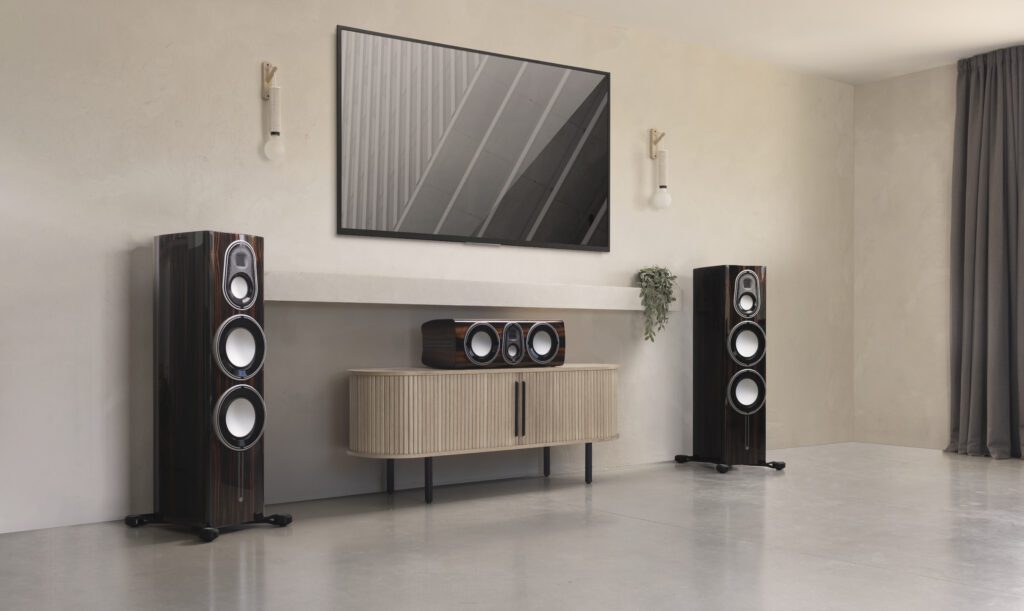
The crossover units have come in for just as much attention as every other element of these speakers – hundreds of variations were simulated, dozens were prototyped. The final design uses elliptical filters for optimum time-alignment and, subsequently, more positive directivity. The crossover points of 650Hz and 3kHz have not been arrived at by accident, either.
Nominal impedance is four ohms, and sensitivity is a bog-standard 88dB – but Monitor Audio nevertheless suggests amplification of between 200 and 800 watts should suit the Platinum 300 3G nicely.
Nothing quite so brawny is available at the time of testing, but a Heed Audio Thesis Gamma stereo power amplifier with Thesis Lambda preamplifier proves more than adequate. Sources are provided by a Clearaudio Concept turntable via Chord Huei phono stage, and a Rega Apollo CD player. Cables are all by QED – Reference Audio 40 to connect turntable to phono stage, phono stage to preamp, CD player to preamp and preamp to power amp; Genesis Silver Spiral is deployed as speaker cable.
We haven’t had enough of experts!
There is, I think we can all agree, a great deal of satisfaction to be derived from being in the presence of expertise. No matter if it’s a chef or a plasterer, a guitarist or a tennis prodigy – to observe an accomplished technician in command of their skill-set is a prodigious experience. And it so proves when listening to the Monitor Audio Platinum 300 3G – no matter the music they’re given, no matter the volume level at which they’re asked to play, they’re so casually, effortlessly and unarguably in command of each and every situation that ‘enjoyment’ almost becomes ‘gratitude’. Some people would have you believe we’ve had enough of experts, but I think the opposite is true: we admire experts, and there are some situations in which an expert’s input is difficult to put a price on.
With a vinyl copy of Belle & Sebastian’s The Boy with the Arab Strap [Jeepster] and there’s so much to enjoy in the way the Monitor Audio deliver the song that it’s difficult to know where to start. In every respect, the Platinum 300 3G are a confident, convincing, and absorbing listen.
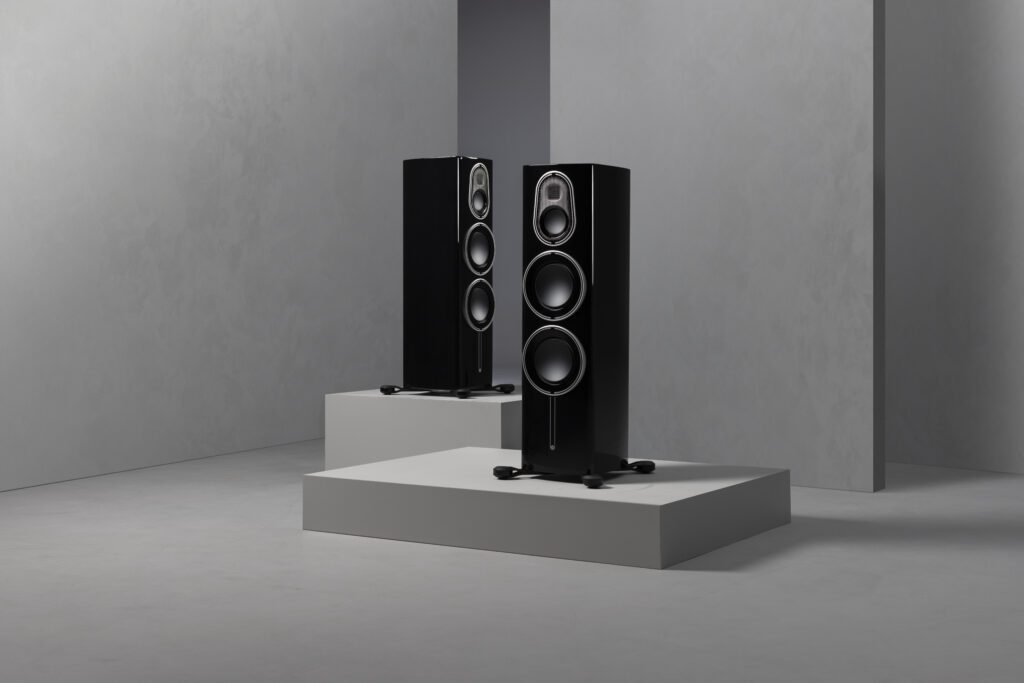
The soundstage they create is so spacious, and so focused, that every element of the recording has ample space in which to do its thing. The positioning of the vocal harmonies allows them to be utterly distinct from each other, even though they are delivered with palpable unity of purpose. Tonality, from the deep, extensively detailed and textured low frequencies to the crisp, substantial and expansive top end, is completely convincing – and, again, positioning on the soundstage is so assured that when instruments such as piano and organ are occupying a great deal of common midrange ground, their relative locations are manifest.
The vertical line that runs from the bottom of the frequency range to the top is perfectly straight and smooth – despite their numerousness of driver, the Platinum 300 3G are even-handed, entirely consistent and play no favourites. And at every stage of the journey, their ability with low-level harmonic variations is getting on for obsessive. Few are the loudspeakers that can make the specific area a cymbal is struck, for example, sound apparent and distinct from the next strike – this one can.
Rhythmic intentions
Rhythmic expression is impressive too – at times the recording races, plods, even has a little go at dancing, and at every turn the Monitor Audio make those rhythmic intentions plain. And after switching to the altogether more liberated sounds of Angels and Queens Part 1 by Gabriels [Parlophone], the Platinum 300 3G have even more pertinent observations to make around tempo, time-signature and rhythm – they’re an unshakable listen, as sinuous or as club-footed as each recording demands.
The extraordinary performance of Jacob Lusk throughout the album is given full expression by the remarkable midrange fidelity and insight that’s on offer here. As far contemporary vocalists go, Lusk is among the most eloquent, technically accomplished and straightforwardly moving around, with the ability to communicate unequivocally at any volume and at any intensity of performance – and these speakers allow all his character, all his personality and all his attitude full disclosure.
In fact, it may be that the Platinum 300 3G are at their most dramatically impressive when playing at lower volumes. WIth a copy of Yusef Lateef’s 10 Years Hence [Atlantic] spinning, the full-range, smoothly integrated and seamlessly unified nature of the Monitor Audio presentation doesn’t alter in the slightest even when output levels are right down at ‘very modest’. Low frequencies still have presence and substance, the midrange continues to communicate torrentially, the top end bites and shines with precise emphasis. The soundstage remains coherent and spacious, the dynamic potency is still unarguable, and tonality remains convincing. If you want a complete, explicit account of your music without being bludgeoned by it, it’s easily available here.
No confrontation required
The only way to move the Platinum 300 3G towards the edge of their comfort zone, it seems, is with music that’s aggressive and confrontational for the sake of it. Ask the Monitor Audio to deal with The Money Store by Death Grips [Epic] and it’s served up with most of its sentiment intact, the wanton levels of compression apparent and its flatlining everything-louder-than-everything-else dynamic fully described – but for once, the control and authority the 300 3G exhibit is inappropriate and serves to neuter the eyes-out-on-stalks attitude somewhat. Those prospective customers for whom Henry Rollins remains the G.O.A.T. should probably be aware.

The rest of us, though – and we are legion – should be assured that the Monitor Audio Platinum 300 3G are intensely appropriate 99.9% of the time. Naturally, they require decent money spent on partnering electronics, and naturally they require a fair bit of space to do their thing. But give them what they need and they’re pretty much everything you want from a pair of big, uncompromised loudspeakers – gregarious, muscular, tender, enthusiastic, soothing and all the other words that apply to the art of playing music brilliantly. As with that weird ritual that insists you should bring cake to the office on your own birthday, on its anniversary Monitor Audio has given everyone a present.

